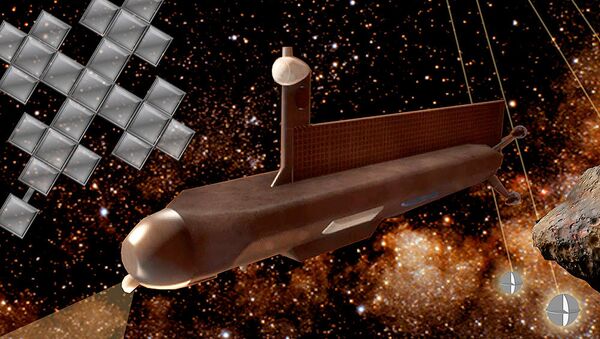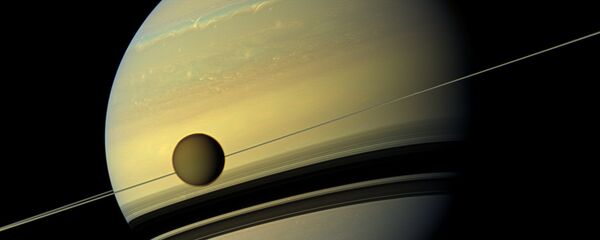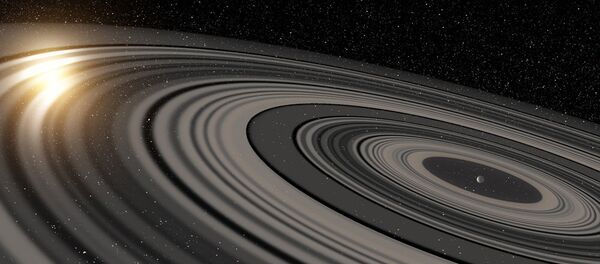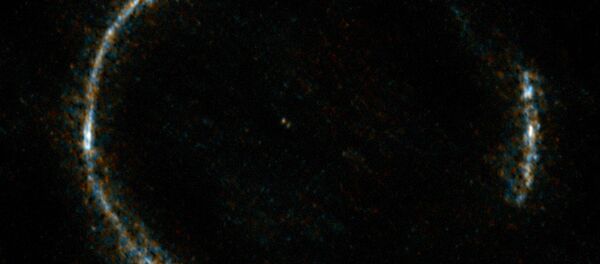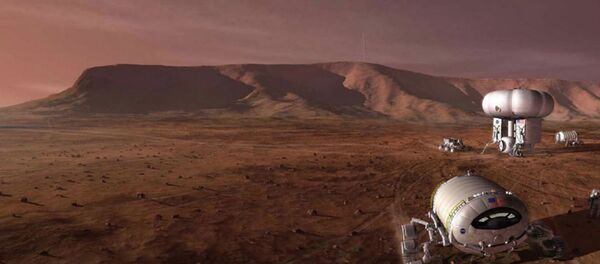These futuristic technological concepts will allow mankind to explore the surface of Venus, dig into lunar caverns, reach the boundaries of the solar system and even take humans to Mars.
Back in May, NASA announced the winners of its first phase: a mix of 15 proposals, some “scientifically practical and others quite literally out of this world”.
The mix has now been narrowed to seven. Among those that were chosen are:
Titan Submarine to Explore the Depths of Kraken Mare
The concept was submitted by researchers at NASA's Glenn Research Center who are working on a submarine which will be sent to Saturn's largest moon, Titan. It would explore the liquid hydrocarbon depths of Kraken Mare, Titan's largest lake, in an attempt to learn more about its composition.
The researchers claim this moon is one of the easier places in the solar system to explore by submarine since its lakes aren't buried under miles of ice. The technology, with a little modification, could also be used on Europa, Ganymede, Enceladus, or any other alien world with bodies of liquid water.
PERISCOPE: PERIapsis Subsurface Cave Optical Explorer
3D Photocatalytic Air Processor for Dramatic Reduction of Life Support Mass and Complexity
Any future mission to Mars is going to be a big endeavor, and NASA has to cut weight from the payload wherever it can, without endangering Mars-bound astronauts. One of the big weights will be the life support system, thus the researchers have come up with the solution of using ambient energy in space.
Trans-Formers for Extreme Lunar Environments
The moon is full of dangerous terrain. And in deep craters it's very dark dangerous terrain, researchers claim. The Trans-Formers concept seeks to illuminate them, eliminating that problem. A small rover trailer would unfurl a giant mirror that could reflect sunlight into a crater and give the rover enough light to get a bearing on its surroundings.
Among other concepts there are SCEPS in Space — Non-Radioisotope Power Systems for Sunless Solar System Exploration Missions, and Heliopause Electrostatic Rapid Transit System (HERTS).
"NASA's investments in early-stage research are important for advancing new systems' concepts and developing requirements for technologies to enable future space exploration missions," said Steve Jurczyk, associate administrator for the Space Technology Mission Directorate at NASA Headquarters in Washington.
Phase I studies demonstrated the initial feasibility and benefit of a concept. Phase II studies allow awardees to refine their designs and explore aspects of implementing the new technology
